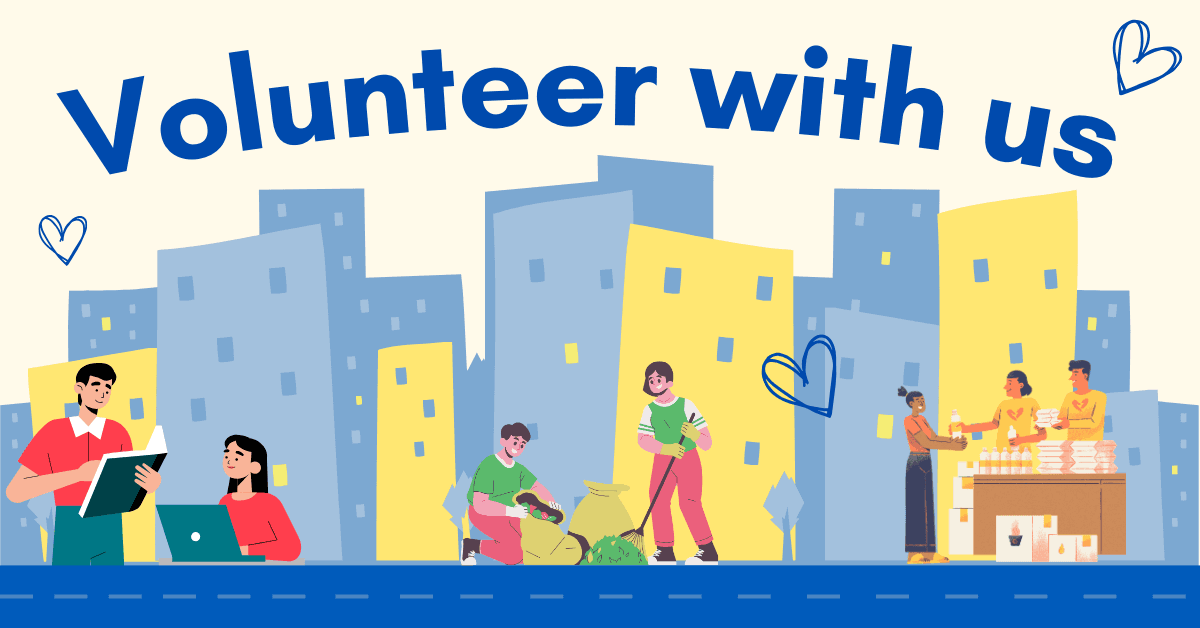Introduction
Natural disasters—hurricanes, earthquakes, wildfires, floods—can strike unexpectedly, causing massive destruction and loss. While government agencies and humanitarian organizations play a key role in disaster response, community resilience is equally critical in ensuring survival, recovery, and rebuilding.
This article explores why community resilience matters, how it can be strengthened, and what individuals can do to contribute.
1. What is Community Resilience?
Community resilience refers to a community’s ability to withstand, adapt to, and recover from disasters. It involves preparedness, strong social networks, resourcefulness, and collective action.
Resilient communities:
✅ Respond quickly to disasters.
✅ Minimize damage and casualties.
✅ Recover faster with less dependence on external aid.
Example: After Hurricane Katrina in 2005, New Orleans communities that had stronger local networks and preparedness plans rebounded faster than those lacking organization.
2. Why Community Resilience is Crucial
Without resilience, communities face prolonged suffering, slow recovery, and increased vulnerability to future disasters. Here’s why it’s essential:
A. Faster Emergency Response
🚨 Communities that are prepared can coordinate evacuations, assist the injured, and provide temporary shelter before official aid arrives.
B. Reduced Economic Impact
💰 Natural disasters disrupt local economies, but resilient communities can resume business operations, restore infrastructure, and secure resources more effectively.
C. Mental and Emotional Strength
🧠 Strong social connections help people cope with stress, loss, and trauma after disasters.
D. Greater Self-Sufficiency
🔋 Communities that invest in disaster preparedness, emergency supplies, and skills training become less reliant on delayed government aid.
3. Key Elements of Community Resilience
To build resilience, communities must focus on the following areas:
A. Disaster Preparedness
📋 Creating evacuation plans, conducting drills, and educating residents on emergency procedures can save lives.
B. Infrastructure & Housing
🏠 Homes and buildings should be designed to withstand earthquakes, floods, and storms. Communities must also ensure backup power, clean water sources, and emergency shelters.
C. Social Networks & Communication
📢 Strong community ties foster mutual aid and faster information-sharing. Having an emergency communication system (e.g., WhatsApp groups, radio networks) is crucial.
D. Local Leadership & Coordination
🛠️ Community leaders, volunteers, and local businesses must collaborate with disaster response agencies to organize relief efforts efficiently.
E. Access to Resources
🥫 Stockpiling food, water, medical kits, and essential supplies ensures survival during and after a disaster.
4. How Individuals Can Strengthen Community Resilience
Every person has a role in making their community disaster-ready. Here’s how you can contribute:
✅ Join or organize disaster preparedness groups in your neighborhood.
✅ Learn first aid and emergency response techniques.
✅ Encourage family and friends to create emergency plans.
✅ Support local businesses post-disaster to aid economic recovery.
✅ Volunteer for disaster relief efforts or donate to support affected communities.
Example: After Typhoon Haiyan in the Philippines, local volunteers played a significant role in relief efforts, helping distribute food, clear debris, and rebuild homes.
5. Real-World Examples of Resilient Communities
🌎 Japan: Known for earthquake preparedness, Japan has strict building codes and emergency drills.
🌎 Netherlands: Due to frequent floods, Dutch communities have advanced water management systems.
🌎 Puerto Rico: Following Hurricane Maria, local solar power and farming projects increased self-sufficiency.
6. The Role of Faith and Community Support
Many communities turn to faith-based organizations, churches, and support groups for guidance and aid during crises. These groups provide:
🙏 Emotional and spiritual support.
🙏 Shelters, food, and medical aid.
🙏 Volunteers for rebuilding efforts.
Example: After the Haiti earthquake in 2010, faith-based organizations played a key role in relief and long-term recovery.
Conclusion
Community resilience is not just about survival—it’s about thriving despite disasters. By preparing, building strong networks, and fostering a culture of support, communities can minimize suffering and bounce back faster.
No one can predict disasters, but together, we can prepare for them. 💪🌍

